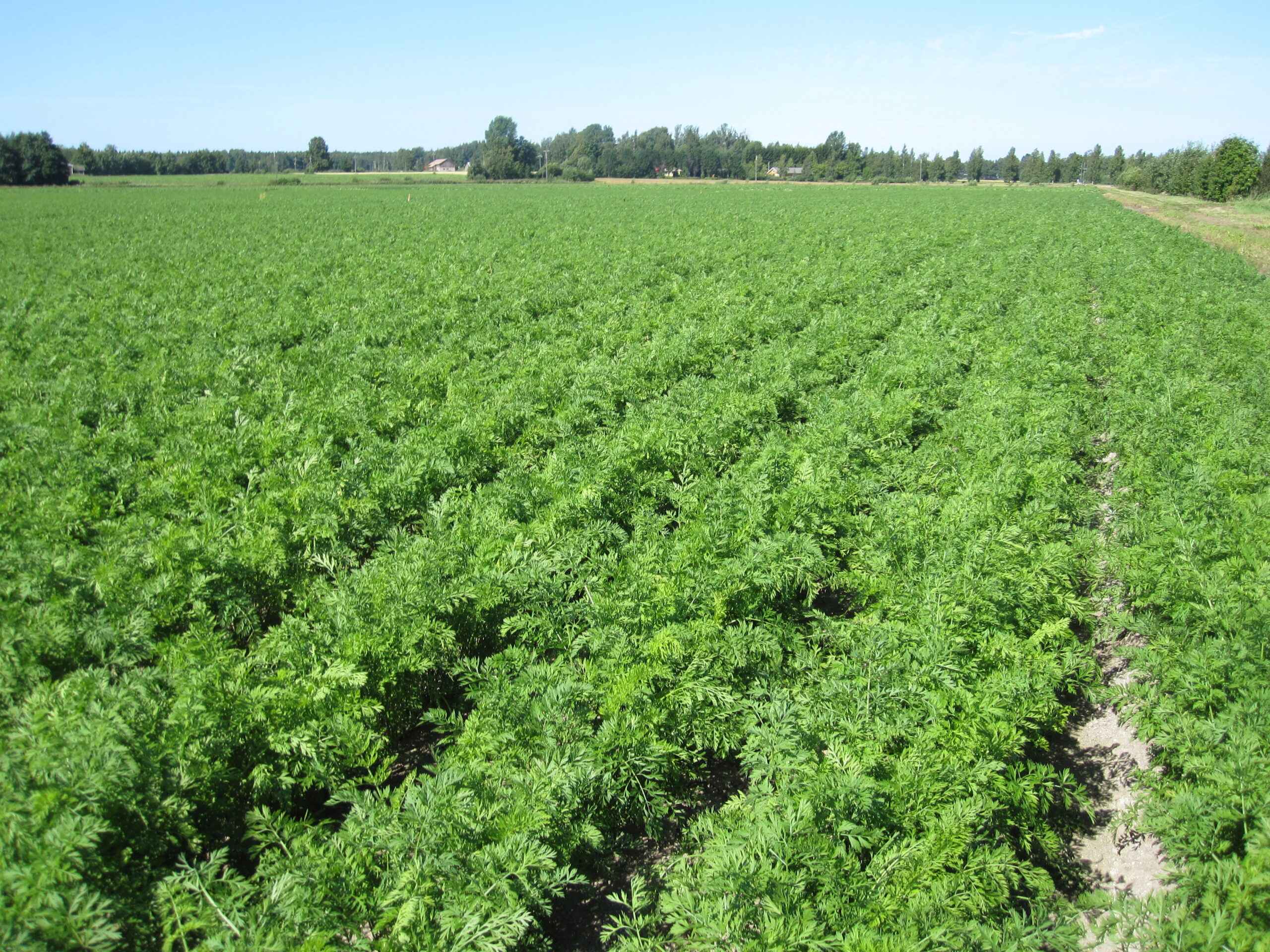Satakunta is one of the most important farming areas in Finland and a significant part of domestic vegetables are produced in Satakunta. Recently, the most significant challenges in vegetable production have been the reduction targets related to the use of plant protection products. So far, farmers have been able to replace plant protection products that have been withdrawn from the market to varying degrees. Other plant protection products and mechanical pest control methods have been used as replacement plant protection methods, for example.
The use of replacement methods is often challenging, as such methods are not always available or their effectiveness is low in terms of profitable plant production. There is a risk that, as plant protection becomes more difficult, the cultivation of certain production crops will decrease or even cease completely, when an effective means of controlling plant pests is not available. The aim of reducing the use of plant protection products is to achieve improvements and benefits related to the environmental sustainability of cultivation. However, the reduction targets have led to an increase in challenges in cultivation, as, for example, substitutes for substances that are withdrawn from the market are rarely known or even exist. The development and implementation of alternative methods of plant protection is lagging behind the restrictions on the use of plant protection products that have been implemented and are being planned. This challenge and its effects are accentuated in crops that require a lot of production inputs, such as open-field vegetables.
New plant protection methods in crop production project will carry out an extensive survey to determine the effectiveness of new or underutilized alternative plant protection methods in open field crop production. Based on the survey, the project will implement cultivation pilots using new methods or substances, for example by regulating crop structure, utilizing biological methods and optimizing the use of plant protection products. The project will provide farmers with new plant protection methods that will help them better adapt to the restrictions on the use of traditional plant protection products in cultivation. In addition, the project will provide information on the needs and means for developing plant protection in crop production in the long term.
